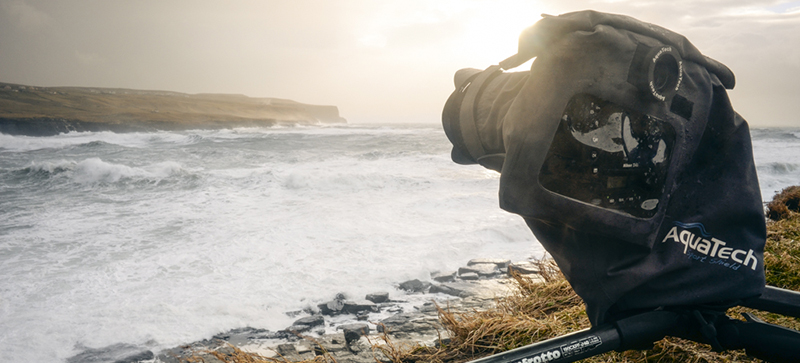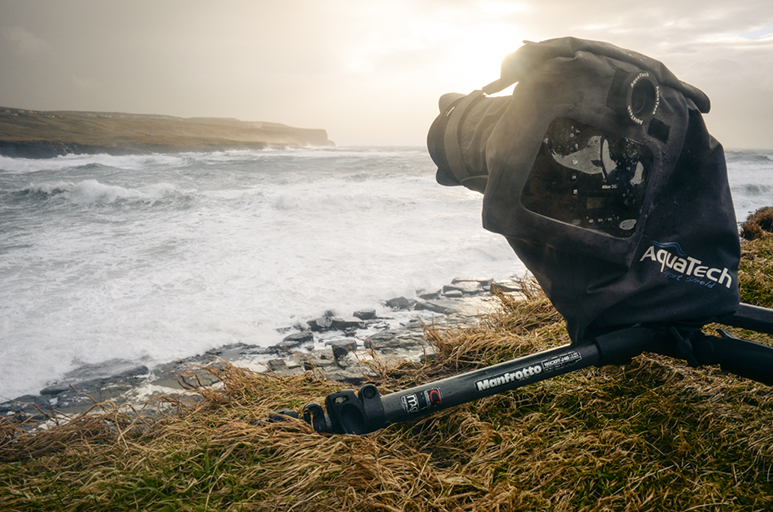Hi Corey,
I’ve been experimenting with my intervalometer, with some half-decent results. Do you ever have any problems with moisture on the lens, or do you live in a climate where that’s not a problem? That has been my biggest issue to date when shooting over a long period of time, such as at night.Best,
Mark Jekabsons
The simple answer to your question is, absolutely yes—moisture is a big issue when shooting extended time-lapses, whether that’s day or night.
You’re right that condensation can be more or less problematic depending on climate. Part of being a good photographer / filmmaker really means being a good weatherman, too. You have to know and recognize weather patterns and be able to read, analyze and predict not just what the weather is going to do, but also what you’re going to do about it so you can get the shot.
There are only a couple of solutions for dealing with moisture—whether that’s from condensation, rain, or snow—while shooting time-lapses: the Hollywood approach, and the everyman approach.
The “Hollywood approach” is to use a device that is basically a filter which attaches to the front of the lens and spins like a centrifuge. The fast-moving, circular motion literally spins the water off of the front of the filter. These devices tend to be bulky, expensive and in my mind unnecessary.
The other approach is the one that I have always used: sitting next to my camera all night and cleaning the lens in between exposures. Since I’m also a “weather man,” I have to predict when moisture is going to be a problem. If I knew it’s going to be a problem, then I make sure to set my intervalometer to allow me enough time (30 seconds) to wipe the lens with a lens cloth and sometimes even with cleaning solution. It is also just as important to keep moisture off of your camera body as it is the lens. To solve this problem I use the Sport Shield from Aquatech. The cheaper, Do-It-Yourself solution is just a golf umbrella, if conditions aren’t too windy.
This is the less romantic side of shooting time-lapses. Usually, I’ll be outside, sitting in a sleeping bag, with my iPhone set to wake me every 15 minutes, or whatever I think is necessary. I always try to remember that when shooting time-lapses, or anything for that matter, we as the camera operator are responsible for all those little details. And it often takes screwing up once or twice before you realize how to not make those mistakes. So don’t get discouraged, but do get ready for a long night of wiping your camera lens. It’ll all be worth it when you see that gorgeous final time-lapse on the screen.


2 comments
Hello, Corey .. I never miss one of your “Ask Corey’s” or “Story Behind the Image’s”. Thank you for your leadership in storytelling!
The moisture issue should generate many DIY responses and I have used your recommended Sport Shield but the ticket is to use two footwarmers or handwarmers (with or without the Sport Shield) secured to the end of the lens barrel with a couple of good rubber bands!
I have never missed a great exposure time lapse, or a nite wink!
Thanks for sharing Corey, this is really solid beta.
Comments are closed.